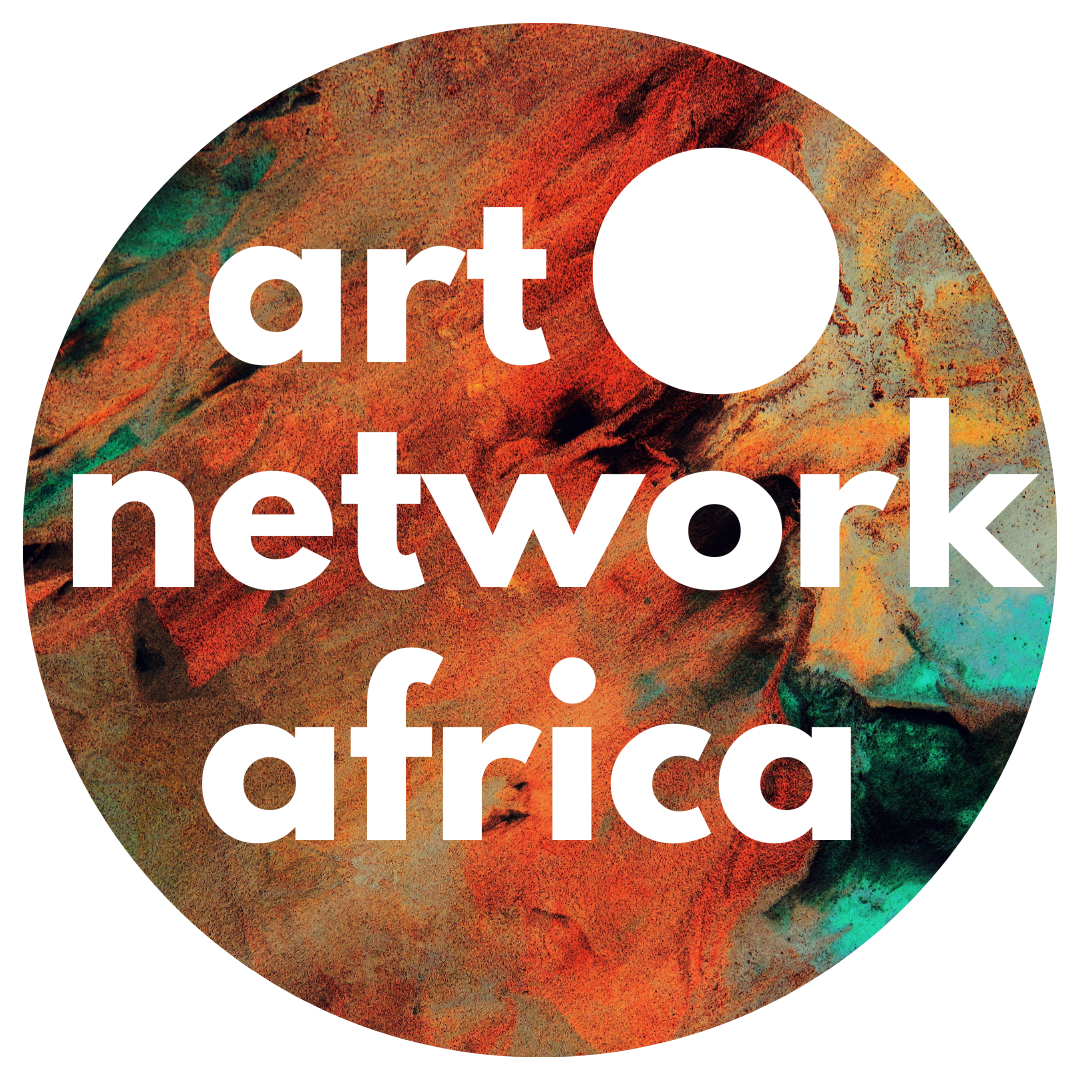A landmark exhibition at the Centre Pompidou, Black Paris (Paris Noir) traces the influence of artists of African descent in the city from the 1950s to 2000. Featuring 150 artists – many of whom have been largely overlooked in France – it explores themes of migration, identity, and resistance.
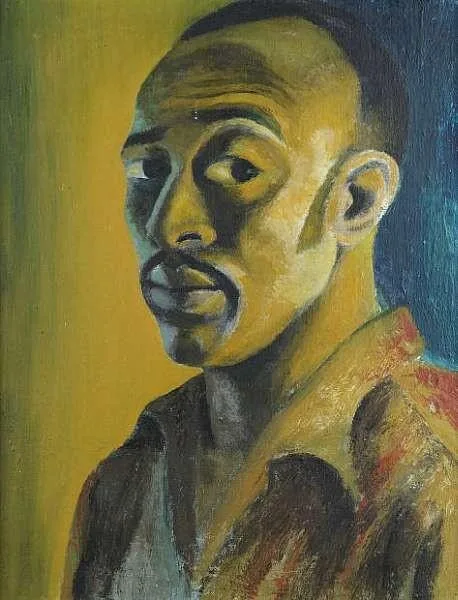
Running from March 19 to June 30, the exhibition is among the museum’s final shows before it closes for a five-year renovation. For much of the 20th century, Paris stood as a hub of artistic innovation, attracting visionaries from around the world. Yet, one narrative has remained largely unexamined – the profound impact of Black artists on France’s modern and postmodern art movements.
At the heart of the exhibition lies a paradox: Paris was both a city of opportunity and a space of erasure. For decades, Black artists navigated an environment that welcomed their presence but marginalized their contributions. Many sought refuge in Paris, finding intellectual and creative freedom in a city that fostered global artistic exchange. Yet, their works rarely received the institutional recognition afforded to their European peers.
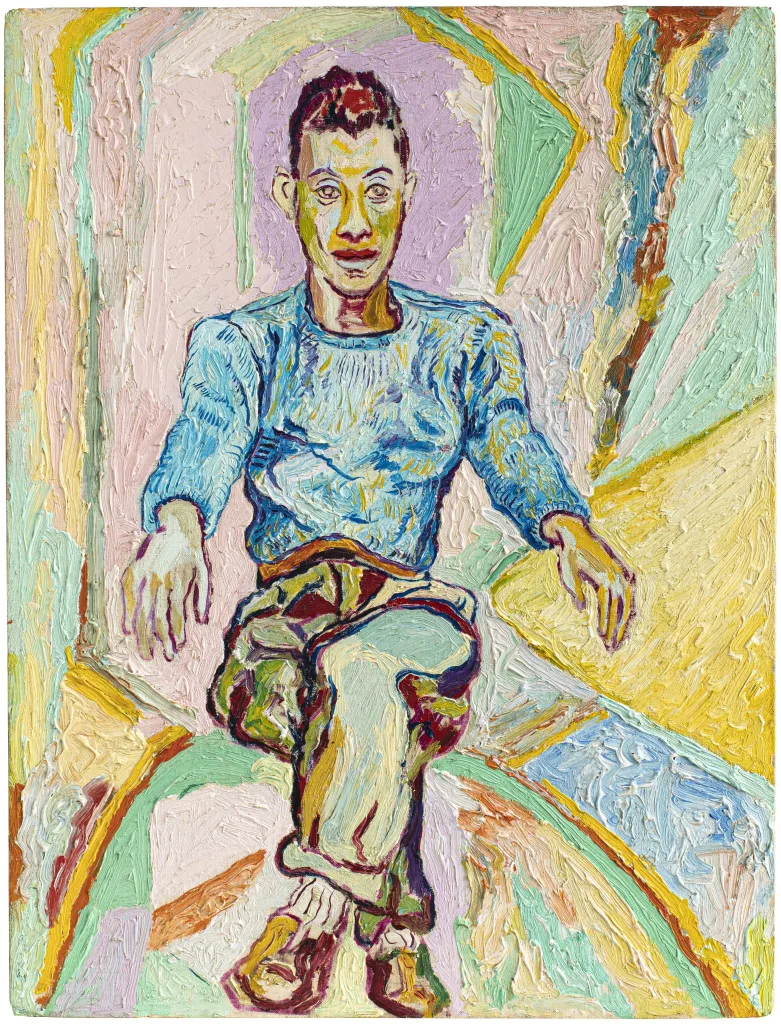
Éva Barois De Caevel, associate curator, describes the exhibition as “unprecedented,” featuring more than 300 paintings and sculptures by artists from diverse backgrounds.
“Some are African Americans, some are Caribbeans, some are Africans, and some are Afro-descendants,” she explains, emphasizing that the exhibition is not defined by geography or race but by a shared “Black consciousness” – one shaped by the legacies of slavery and the realities of racism.
Curator Alicia Knock underscores the ambitious scope of the exhibition, calling it “an incredible epic of decolonization.” She highlights Paris as both a “laboratory for Pan-Africanism” – a movement fostering solidarity among people of African descent – and an “anti-colonial workshop.” Beyond being artists, many of the figures featured in Black Paris were also cultural ambassadors, poets, teachers, and philosophers, shaping artistic discourse across continents.
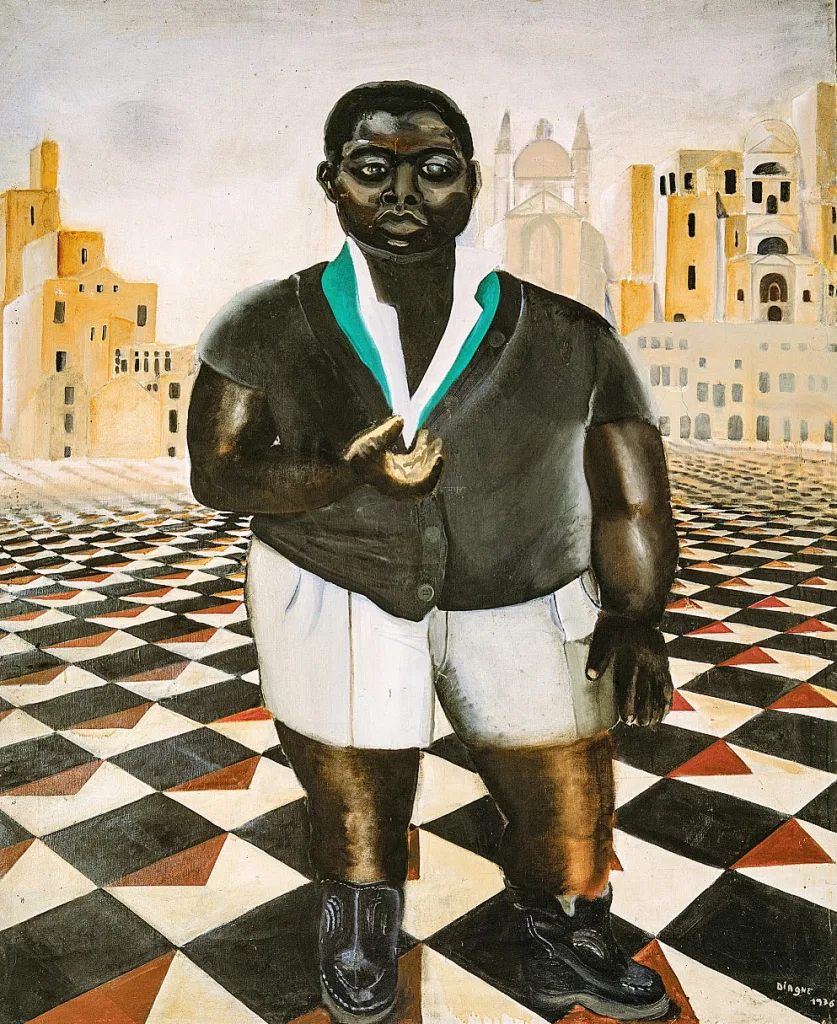
Through paintings, sculptures, photographs, and installations, Black Paris uncovers a long-overlooked history. It traces a lineage from Présence Africaine – the literary and cultural journal founded in 1947 – to Revue Noire in the 1990s, which sought to reframe African and diasporic contemporary art. More than recovering forgotten names, the exhibition interrogates the systems that led to their exclusion in the first place.
The works on display reveal a dynamic interplay of artistic traditions, from surrealism and Afro-Atlantic abstraction to free figuration. Some artists directly confronted France’s colonial past, using their work as a critique, while others experimented with form and color to create a language that transcended national and cultural boundaries. The exhibition also highlights the informal networks that sustained these artists – friendships, collectives, and intellectual circles that fostered new aesthetic and political movements.
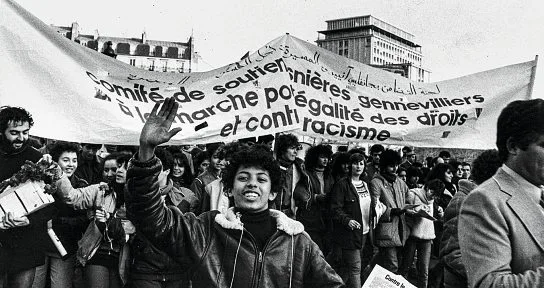
While Black Paris reflects on the past, it remains rooted in the present. Contemporary installations by Valérie John, Nathalie Leroy Fiévee, Jay Ramier, and Shuck One offer fresh perspectives on race, migration, and cultural hybridity. At its core, a circular matrix reinterprets Édouard Glissant’s Black Atlantic, framing the ocean as both a symbol of displacement and a metaphor for Paris as a site of exchange and resistance. By mapping the networks and friendships that shaped Black artistic communities, the exhibition reveals a dynamic, often-overlooked history.
